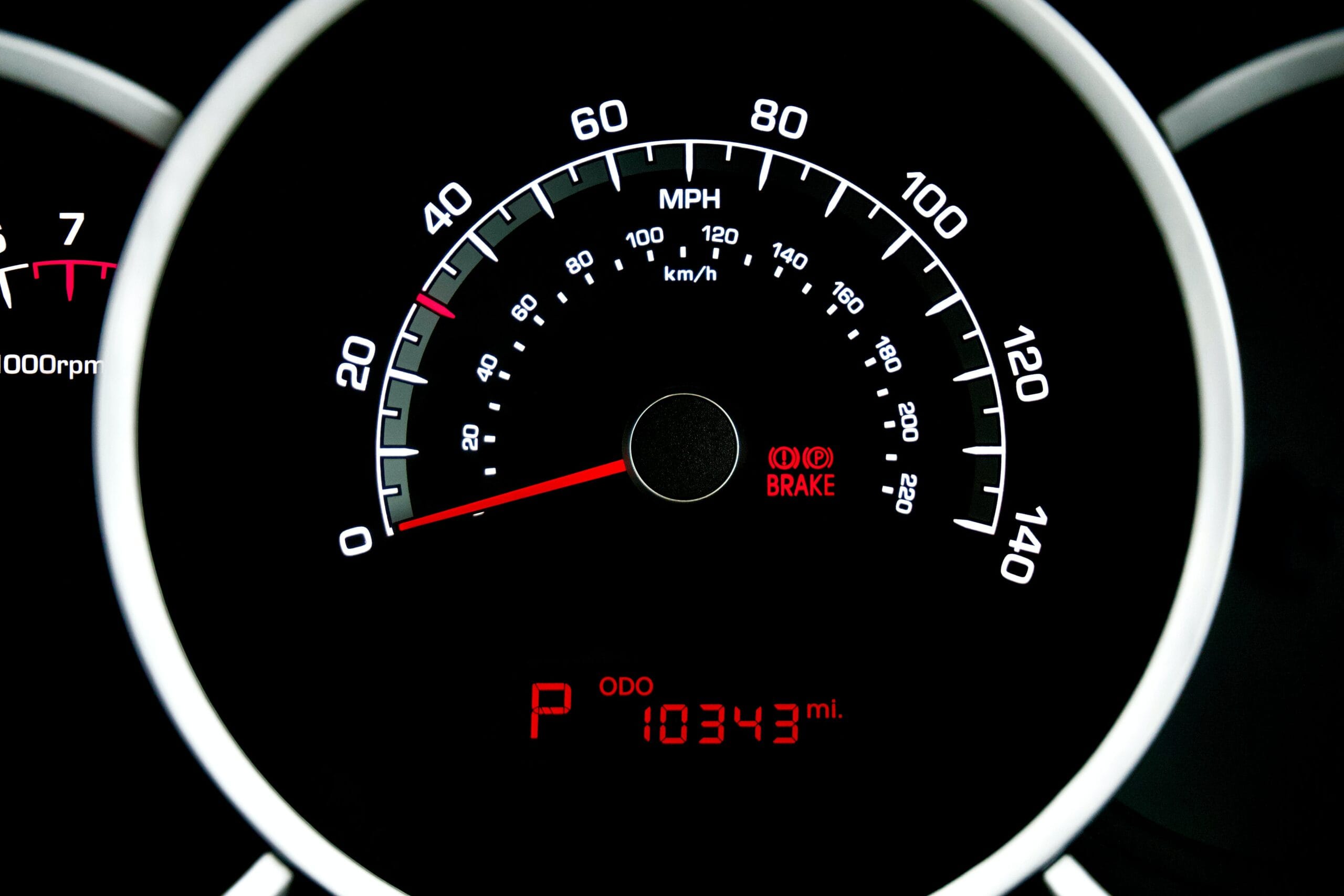Rapidly rising fuel prices are something we are having to adjust to in both our personal and working lives.
Where an employee uses their own vehicle for business use, their employer can cover the associated costs by paying a mileage allowance. If the allowance, set by the employer, does not exceed the approved rate, the payment can be made tax free.
Alternatively, employers may choose to reimburse their employee’s actual costs associated with using their own vehicle for work however this is more difficult and time consuming to calculate.
The HMRC mileage allowance rates have stayed the same for the past 12 years, yet fuel prices are now considerably higher than when these were first set. Given the rapidly rising fuel prices, is paying mileage allowances at the approved rate still a good idea?
Approved mileage allowance payments
Under the approved mileage allowance payments system (AMAPs), employers can pay mileage allowances to employees tax free as long as the amount paid does not exceed the ‘approved amount’.
The approved amount is simply the number of business miles an employee has done in the tax year multiplied by the approved rate.

As long as the amount paid is not more than the approved amount, it can be paid tax free. However, if it exceeds the approved amount, the excess is taxable. If instead, the amount paid is less than the approved amount the employee can claim tax relief for the shortfall.
The impact of rising fuel prices
The approved mileage rates have remained unchanged since April 2012 at which time the cost of petrol was around £1.42 per litre. At the time of writing (July 2022), it is around £1.85 per litre and rising, that is a 30% increase in fuel prices.
The approved rates are supposed to cover all costs associated with using a personal vehicle for business, including running costs, insurance and depreciation. Given the rising costs of living, it is now doubtful whether they do.
To support employees with rising costs, employers can choose to make payments based on the actual costs tax free. However, the associated record keeping is likely to prove prohibitive. In certain cases it is also possible to agree higher bespoke rates based on actual costs with HMRC, but again this cam be a lengthy and drawn out process.
Employers who wish to make a more accurate reimbursement of employees’ costs can pay above the approved mileage rates, but this will trigger a tax liability for the employer.
The ideal solution is for HMRC to increase the approved rates to reflect current prices however this is not expected to change any time soon. Earlier this year a petition to change the HMRC mileage rate from 45p per mile to 50p per mile was rejected. The HMRC business mileage rate for 2022 has been published and it has not changed since the last tax year.
Growing businesses need more from their accountant; as business accountants, analysts and advisors, we help you understand and manage your numbers to drive plans and decision making. If you would like to discuss the ways we can help you and your business, simply call 0800 112 0880 or email [email protected].

